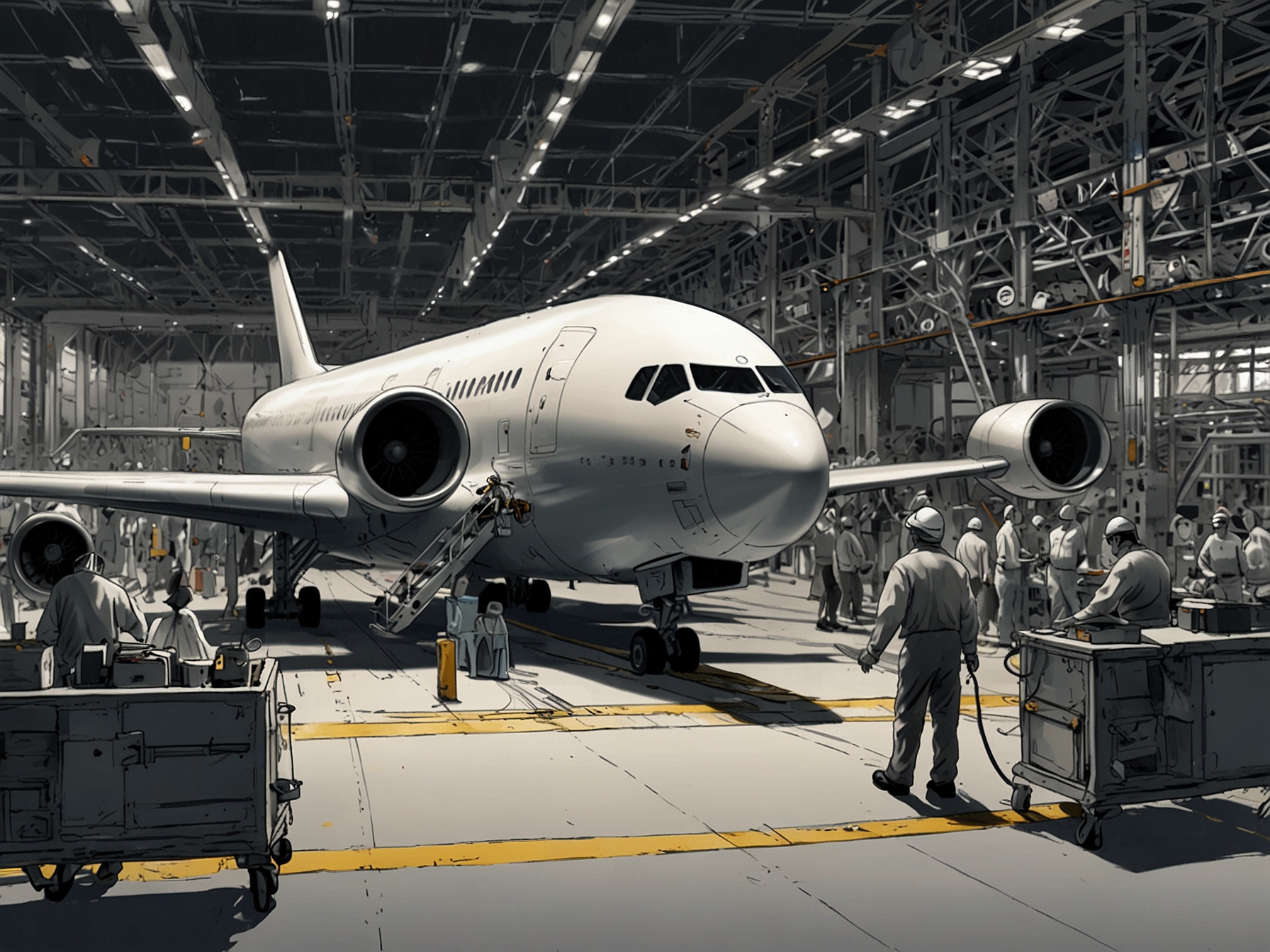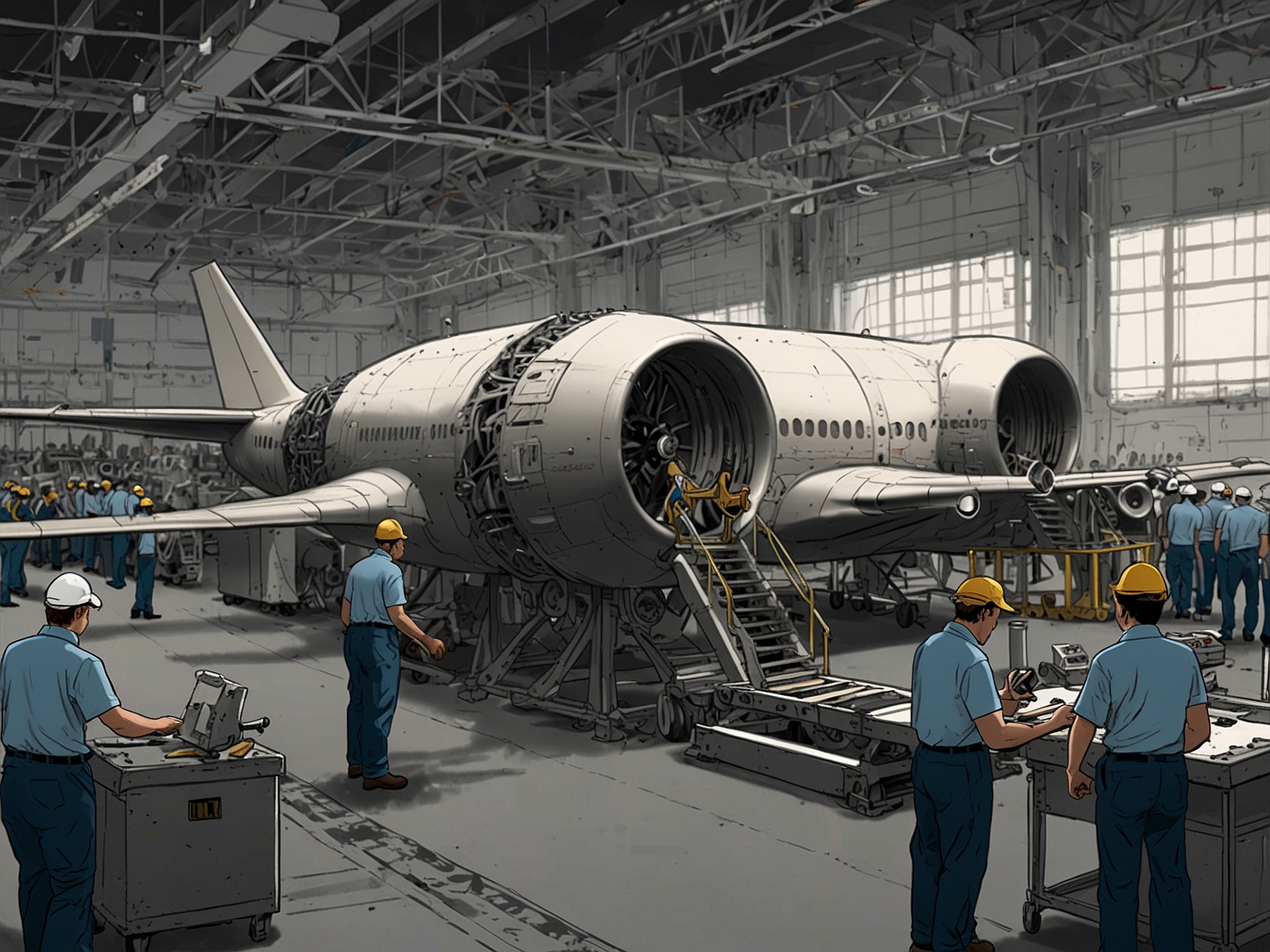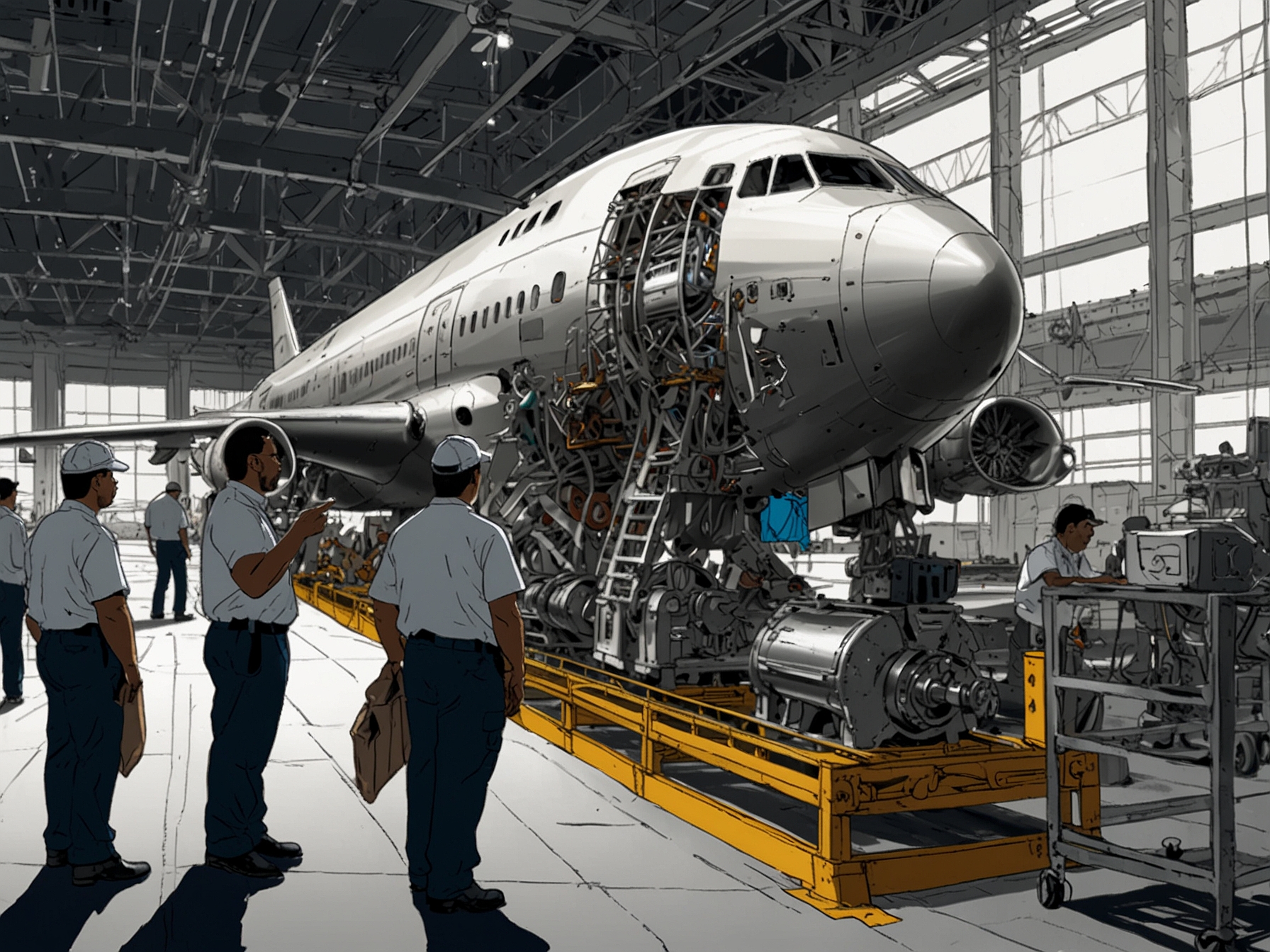The skies might feel safe, but are they really? Can you trust that the plane you’re about to board is fully compliant with safety standards? Recent revelations from whistleblowers at Boeing raise critical questions about aircraft integrity and passenger safety. Sam Mohawk, a veteran quality investigator, claims to have witnessed alarming lapses in safety practices at the Renton factory, where a significant percentage of commercial jets are manufactured. He likens the situation to a game of Russian roulette.
Mohawk’s concerns were ignited earlier this year when a door plug detached from an Alaska Airlines flight shortly after takeoff. The incident shocked many, but for Mohawk, it was a grim reminder that warnings had gone unheeded. Having spent 13 years in quality assurance, he had seen the disturbing trend of non-conforming parts being mishandled and overlooked.

“It’s like Russian roulette, you know? You don’t know if it’s going to go down or not,” he said, encapsulating his fear for public safety. The pressure for production seemed to drown out quality concerns. With the pandemic’s onset, Boeing faced heightened demands and supply chain challenges.
Mohawk observed a desperate scramble for parts, leading some employees to compromise essential safety protocols. “The idea is to keep those airplanes moving, keep that line moving at all costs,” he remarked. Amid this turmoil, a distinct term emerged among employees: “the parts jail.”
Ideally, this secure area is where defective components are supposed to be stored under tight supervision. However, Mohawk claims that the urgency to keep production running led to dangerous practices. Parts believed to be faulty were reportedly retrieved without proper protocol.

The alarming scope of the situation is hard to fathom. Mohawk has claimed that thousands of parts are reportedly unaccounted for in the factory, including huge components such as rudders. These are not trivial concerns.
If rudders are compromised, what does that mean for the planes’ overall performance? It’s not just paperwork—the implications could be life-threatening. The National Transportation Safety Board (NTSB) investigated the Alaska Airlines incident and found that four critical bolts had been removed during production without documentation.
How can a plane leave the factory missing essential components? It raises eyebrows and creates an unsettling sense of mistrust among the flying public. These allegations highlight a pattern. Other whistleblowers have also come forward, including John Barnett, who worked on the Boeing 787 Dreamliner.

Barnett faced undue pressure to overlook safety protocols, leading him to file a whistleblower claim. Tragically, Barnett’s fight for accountability came to an abrupt end when he was found dead under suspicious circumstances. His story amplifies the stakes for those who dare to speak out.
Merle Meyers, another whistleblower, recounted his own disillusionment after witnessing defective landing gear components that had been improperly stored. He vividly described how workers would compete for parts, regardless of their condition. It’s unsettling to consider: Are objectives being prioritized over passenger safety?
As the aircraft industry continues to evolve, so must the focus on accountability. The Federal Aviation Administration (FAA) reported more than 200 whistleblower allegations at Boeing in recent years. Each case reveals deep-rooted issues that could jeopardize the safety of air travel, prompting us to confront uncomfortable truths about our aviation system.
Sam Salehpour, an engineer with experience on critical projects, admits that the pressure to deliver has led to dangerous practices. He witnessed workers forcing components to fit instead of addressing underlying concerns, stating, “When I see people are jumping up and down like that to align the holes, I’m saying, ‘We have a problem.'” This raises an important question: What happens when corners are cut on safety?
How do we hold companies accountable for lapses? Despite a long-standing track record of safety, these cases remind us that vigilance is imperative. Boeing maintains that they take every allegation seriously.
They assert that all practices leading to safety compromises are thoroughly investigated. However, many industry insiders remain skeptical. As Boeing navigates scrutiny, it’s vital for them to shift focus—commitment to safety cannot merely be a reaction to crises but must be a foundational value ingrained within the culture.
The insights from whistleblowers like Mohawk, Barnett, and Meyers expose layers we often dismiss in favor of convenience. It’s a call for transparency, not just for the employees but for the countless passengers who place their trust in aviation every time they lift off the ground.
What will it take for Boeing to ensure consistent safety? How can a company once deemed a titan of industry rise above this shadow of doubt? Perhaps it starts with listening. The implications of these revelations extend beyond factory walls; they touch the very essence of public safety.
Do we dare to ignore the voices echoing from within? As passengers, it’s time we pay attention.




